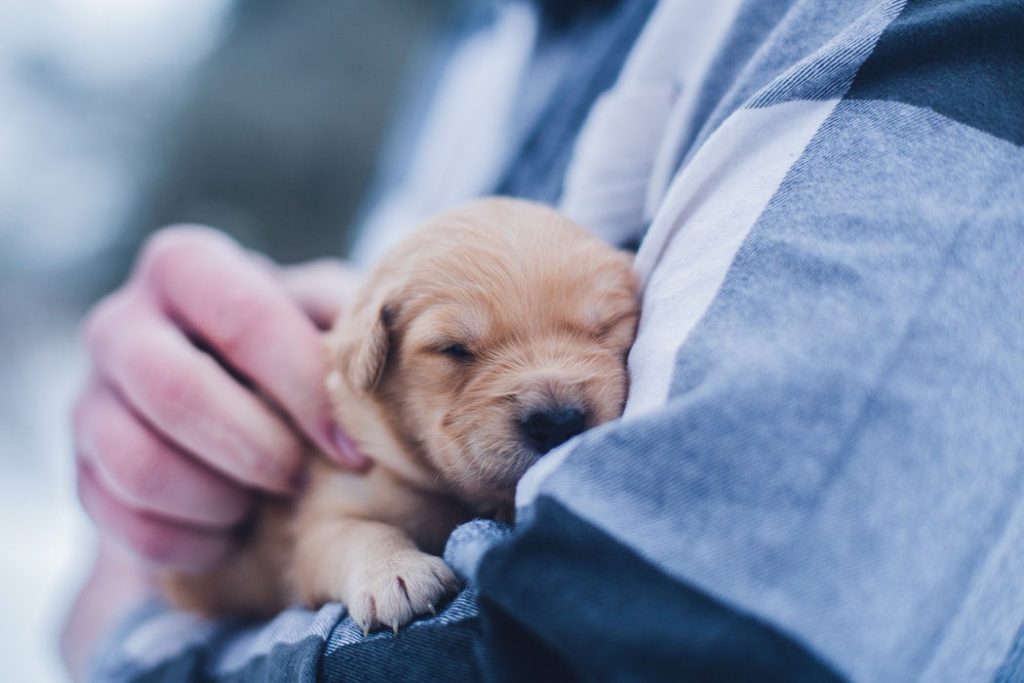Are you leaving your cute puppy alone at home for the first time?
When you get a new puppy home, you already have a pretty long to-do list to be done.
Many tasks take priority on that list starting with potty training, teaching basic commands, to puppy-proofing the house.
Amongst all the busyness, do remember to train your puppy on the greatest skills that a dog should have- while staying alone.
Training for Being Home Alone
Not teaching them the skill of being home alone could be costly. Puppy training is very important.
They may end up chewing on the sofa, barking too much when they see that you are leaving the house or may even end up getting into mischief while being alone which can be potentially risky.
Because dogs are very social, they can’t identify themselves with the feeling of isolation.
Instead of hoping that all goes well when he is alone at home, it is better to train him adequately. We have rounded up some ways which can help you train your puppy to be home alone.
Introduction to Crate Training
Probably, the puppy has never been left alone earlier. Since you will need to start school or work again, it is quite essential to start training the puppy to be home alone. When you are still in the house, begin the teaching process.
Choose a small and safe area for your puppy within the house to start with. A confined area like a crate or a small pen would be good.
You can also consider a small area proofed with baby gates. By nature, dogs prefer dens and small areas. Go on with the training and help them identify the pen as a place of their own to relax and play and they are likely to catch up pretty soon.
Start Crate Training Puppy
Get him his meals inside the crate only. You can even give him toys to play with if you have space to do that. This will help him to adjust faster to the area. Soon, he should be entering the crate area on his own, without your help or needing anything as a bait.
Start by walking out of the room and leave him alone in the confined area for a minute. You can come back within a minute and give him a treat and cuddles for that. Repeating the process and increasing the period of absence slowly will work to train him gradually.
Even a week’s training will help the puppy catch up and be alone for a longer time at a stretch. Slowly keep coming in to check the puppy in between and casually give him the treat and go away.
Less talking will help to ensure that he doesn’t miss you again or start whining.
Discipline in Crate Training Puppy
While you are crate training puppy, if you see him crying in the confined area, give him more time alone in the crate to get accustomed to it. Once he is able to stay in the crate and being happy, then start the period of absences.
Try not to open the door, when he is whining. Doing this can work negatively, and he will associate whining with you coming and cuddling him. Gradually build up the alone time, and he should be catching up soon.
Teach your puppy few activities and ways to keep him busy while he is alone. Giving him some activity to do, will condition him to be active and involved. Chew toys which have food in them make for excellent training.
Toys like this will reinforce chewing behaviour and help them learn. You will thank yourself later when they continue to chew on toys and not on your expensive jackets or shoes.
Home Alone Time
With the puppy learning to be on his own, he may even look forward to it. He will no longer clamour for your attention, and he will know there are different things he can do when he is alone. In fact, he may even look forward to being alone and play!
Now, this will also allow you to be confident, get your grocery done and go to work.
If you are still facing issues in the crate training, you can also consider puppy sitters. Once the puppy is able to stay in a crate for substantial periods of time, you can start giving him access to your house, one room at a time.
With the potty training and all the behavioral rules being followed, you can easily allow your newest member of the family, full access to the house!
